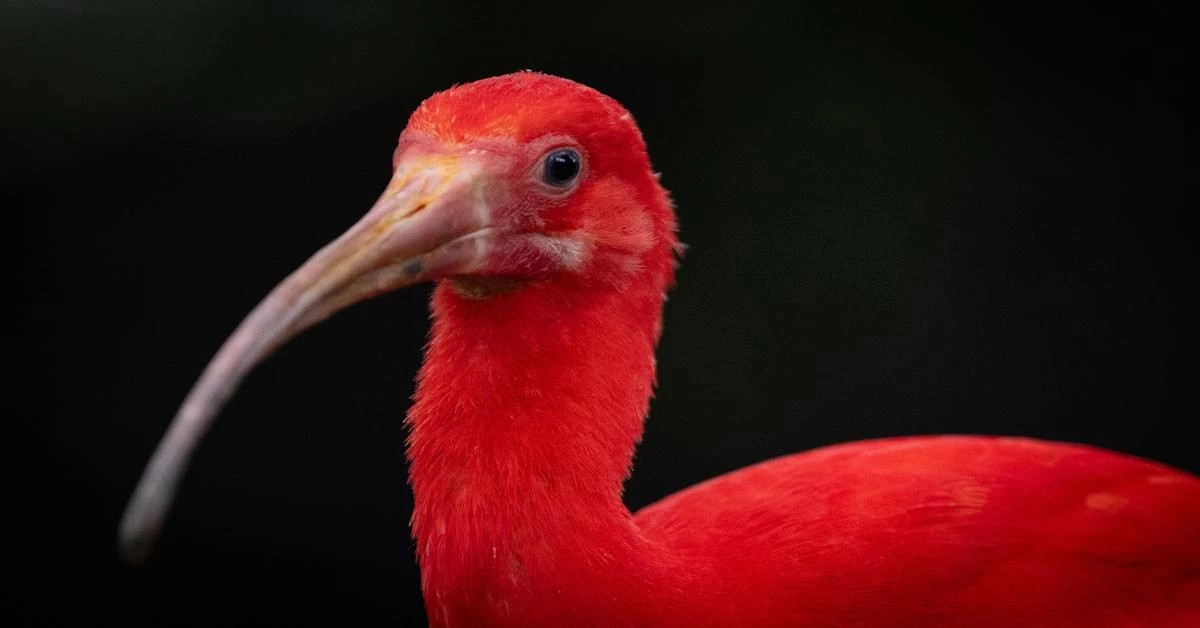New study to uncover Earth’s ancient secrets reshapes bird evolution

Largest-ever bird genomic study rewrites evolutionary history, offering insights into bird diversification, ecological adaptation after mass dinosaur extinction event
A monumental study has recently reshaped our understanding of bird evolution.
This extensive research, involving 363 bird species, offers groundbreaking insights into the avian lineage and significantly alters the scientific perspective on this matter.
An international team of scientists from institutions like the University of California, San Diego and Zhejiang University, undertook this mammoth task under the Bird 10,000 Genomes Project.
They conducted a comprehensive genomic analysis across a representative sample covering 92% of all bird families.
This collaboration, detailed in the journal Nature, represents the largest dataset ever used for phylogenetic analyses of birds, setting a new precedent in the study of avian evolution.
Key findings of Bird 10,000 Genomes Project
The study revealed a new classification of Neoaves into four major groups: Mirandornithes, Columbaves, Elementaves, and Telluraves. Notably, it identified Mirandornithes, including flamingos and grebes, as one of the earliest Neoavian lineages.
This new arrangement challenges previous understandings and sheds light on birds’ diverse ecological niches.
“Our work has changed many traditional views on the evolutionary history of birds,” said Zhang Guojie, a senior author of the study. Furthermore, the research demonstrates the spread of birds worldwide following the mass extinction event that ended the reign of non-avian dinosaurs.
This rapid diversification allowed birds to occupy varied ecological niches, increasing their present-day diversity.
These revelations substantially shift from past theories, offering a novel perspective on the evolutionary trajectory after the dinosaur extinction.
The findings have profound implications for ornithological research and biodiversity studies, presenting a more accurate framework for understanding bird evolution.
Understanding Earth’s history through birds
“By comparing genomes of living species, we can uncover traces of events that happened 66 million years ago,” Josefin Stiller, the lead author, highlights the importance of this study.
The Bird 10,000 Genomes Project aims to map the genomes of all bird species and construct a comprehensive avian tree of life.
Despite this significant advancement, mysteries like the evolutionary history of the hoatzin remain unsolved.
This study not only refines our understanding of avian evolution but also exemplifies the immense potential of genomic studies in unraveling the complex history of life on Earth.
Source: Newsroom



